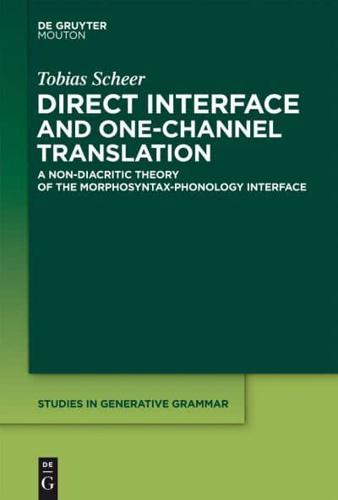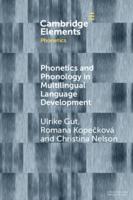Publisher's Synopsis
Following up on the Guide to Morphosyntax-Phonology Interface Theories (2011), written from a theory-neutral point of view, this book lays out the author's approach to the representational side of the interface. The book is thus about how information is transmitted to phonology when an object is inserted into phonological representations (as opposed to the derivational means, i.e. phase theory today). The idea of Direct Interface is that diacritics such as hash-marks in SPE or prosodic constituency since the early 80s, which mediate between morpho-syntax and phonology, are illegal in a modular environment where computational systems can only process domain-specific vocabulary. Direct Interface instead holds that only truly phonological vocabulary can carry morpho-syntactic information. It is shown that of all representational objects only syllabic space qualifies. Couched in CVCV (or strict CV), i.e. Government Phonology, this insight is then applied in detailed case studies of Belarusian, Corsican, Greek and the exhaustive lexical inventory of sonorant-obstruent-initial words in 13 Slavic languages,. In this sense, the book is the 2nd volume of A Lateral Theory of Phonology (2004).
















